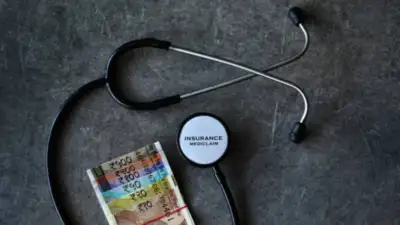A recent case involving a policyholder has opened up a wider discussion regarding the rights of privacy and verification procedures in the health insurance industry.
A covered person, having made a valid health insurance claim, was surprised when two officials from a third-party company came to his house unannounced. Presenting themselves as working for the insurer, the officials requested entry into the house and a verification process, allegedly routine procedure prior to settling the claim.
The visit soon raised eyebrows as the representatives asked for a series of sensitive documents and information. Among their requests were re-submission of claim documents already submitted, credit card statements showing payment to a medical facility, and even access to the policyholder’s Google Timeline to confirm his physical presence at the hospital. And arguably the most worrisome ask was permission to photograph the interior of his home—an intrusion on his personal space that the policyholder said offended him.
Compounding the bewilderment, the policyholder was forced to converse with a different agent on the phone, who asked similar questions regarding the claim. Upon being asked the purpose of these procedures, the team present demanded that such procedures were common in the insurance industry and even presented similar statements on their mobile phone to corroborate their assertion.
The whole experience left the policyholder wondering about the morality and transparency of the process. While appreciating the necessity of avoiding fraud in health insurance, he was worried about the arbitrary powers such third-party agents seemed to hold and the failure of the real insurance company to inform him about such invasive checks.
This case provides a poignant reminder of the sensitive balance between justifiable claim authentication and the person’s right to privacy. If there is not a proper guarantee in place, what should otherwise be a procedural routine of checking might readily escalate into the zone of harassment or coercion.
It also poses questions to the industry: Are existing verification processes too intrusive? Should policyholders be warned in advance of such visits and requests? And most crucially, how does one define the limit between valid checks and invasion of privacy?
With increasing digital footprints and available data, the demand for open, consent-driven processes has never been so important in the realm of insurance.








